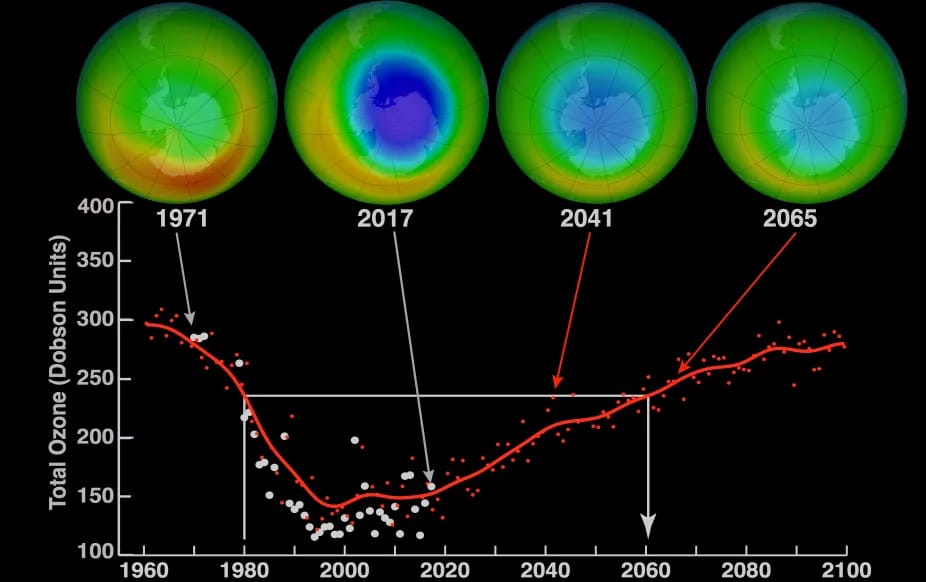Blaschko's Lines: The Invisible Stripes of Humans

Stripes, in the animal kingdom, are thought to exist as a deterrent to predation by allowing for effective camouflage. According to more recent research, it is possible that they also help regulate body temperatures and aid in repelling pesky flies. Either way, stripes seem to do more than serve as an aesthetically pleasing quirk in nature. Most surprisingly, however, it seems that humans - homo sapiens - have them too.
Immediately, we are bound to think along the following lines: perhaps “I don’t have stripes! I'm no zebra!”, or the calmer alternative, like “If stripes protect animals from predators, how is that relevant to me, as an apex predator?” The most likely question to arise in this situation, though, is this: “If I have stripes, how come I have never seen them?” The answer is simple: our stripes are invisible.
Blaschko’s lines, the aforementioned “stripes”, are a naturally-occurring phenomenon that occurs in all human beings, their existence made somewhat unbelievable due to their typically unseeable nature. As the name suggests, they were first described by German dermatologist Dr. Alfred Blaschko, who took interest in the extraordinary patterned lesions, basing his investigation on 140 subjects with linear skin conditions. Douglas Montgomery, an American dermatologist, continued investigation in the same field, and came upon the same conclusion as Blaschko: these patterns occurred during embryogenesis.
These skin patterns result from the migration of cells during embryonic development within the womb, as these embryonic cells divide and move to their designated locations. This pattern of movement is not random - rather, it occurs in an organized and predictable fashion. Under normal circumstances, they blend in seamlessly with the surrounding skin, and are hence rendered indistinguishable and practically invisible. However, they are still a distinct feature of the skin, in spite of blending in, differentiated from other morphological structures because they lack the characteristics of vascular, lymphatic and nervous structures.
Blaschko’s lines become visible in two principal cases: in the event of the inheritance of a disease, or the acquisition of a disease, that makes the skin more likely to succumb to pathogens that impact skin pigments. It is important to note that any mutation that causes these lines to become apparent occurs during the fetus’ developmental stage. Individuals with visible Blaschko’s lines often exhibit “genetic mosaicism”, wherein these lines do not appear genetically identical to the rest of the body. These lines also occur in certain set patterns, depending on their location on the body: a V-shape over the upper spine, an S-shape over the abdomen, an inverted U-shape from the breast to the upper arm, and perpendicular lines running vertically along the arms and legs.
There you have it, folks. Human beings have stripes, and although they are not visible to the naked eye, they remain a veridical reality in human biology. Contrary to popular belief, they cannot be seen in the presence of UV-light and are also not visible to cats. Regardless, Blaschko’s lines still represent one of many mind-blowing marvels in nature and our very own biology that continue to astound and intrigue us to this day.
Works Cited
- Jochen, Timothy. “Blaschko's Lines – Skin Lines – Skin Mutation.” Contour Dermatology, https://contourderm.com/blaschkos-lines/. Accessed 6 November 2024.
- Simmons, Laura. “You Have Invisible Zebra Stripes, And They're Called Lines Of Blaschko.” IFLScience, 7 April 2023, https://www.iflscience.com/you-have-invisible-zebra-stripes-and-theyre-called-lines-of-blaschko-68354. Accessed 6 November 2024.
Similar Post You May Like
-

CFCs, HFCs and their long, troubled history
At its peak, the ozone hole covered an area 7 times larger than the size of Europe, around 29.9 million km2, and was rapidly expanding
-

The Origin of Universe: Deciding point where it all began!
Let us unravel and surf through the ideas throughout ages to understand what the universe and its origin itself was to its inhabitants across history.
-

The Artemis Program
Inspired by the Greek goddess of the Moon, twin sister to Apollo, the artimis program was named on 14 May 2019 by Jim Bridenstine.






